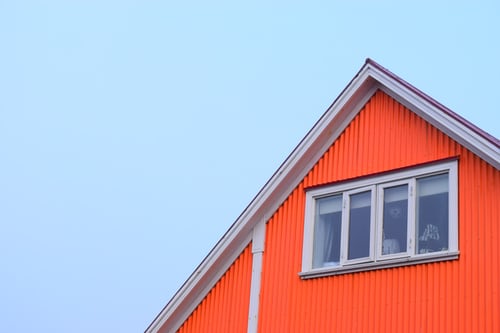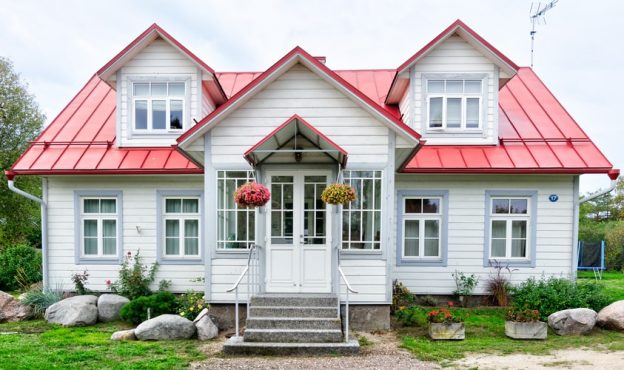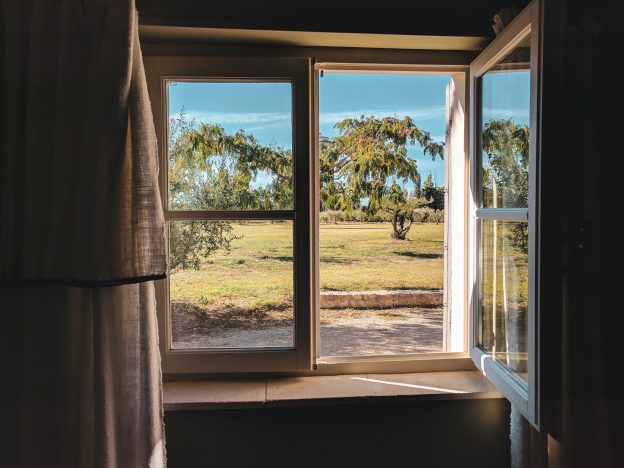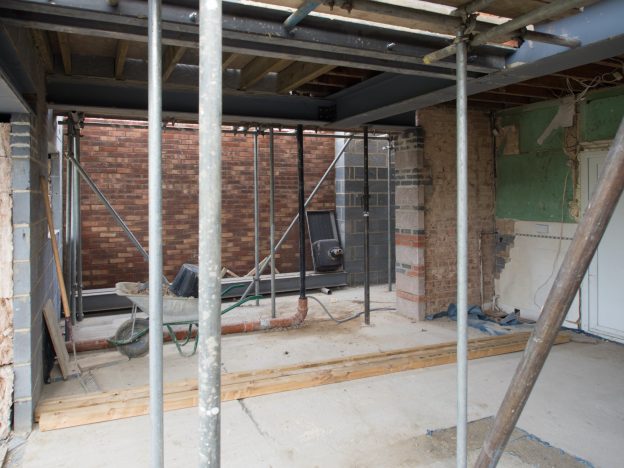The United States is one of the countries where a considerable percentage of lung cancer is caused by radon. This is why each state has different laws regarding radon. Not only that, but there are also health and environmental groups which promote awareness regarding radon mitigation. Everyone should know that radon is a cancer-causing gas, and reducing radon levels at home is necessary to ensure the safety of everyone. Besides, you’ll never know if your home has high radon levels or not unless you conduct radon testing. But why is radon higher in some places?
Radon Levels in the United States
There is no particular state that is radon-free. This is because every state is prone to high indoor radon levels since this gas naturally occurs. No wonder you can find it in every state. Although there are slight traces of radon in the atmosphere, everyone should not overlook its existence. Since this gas comes from the soil, rock, and water, you’ll never know if the air you’re exposed to contains high radon levels. Besides, radon levels vary from place to place, so the gravity of your home also varies.
The Possible Sources of Radon
Radon can be found in homes, schools, and workplaces. Several factors can affect how much radon can enter your homes, such as the geographical location of the place, soil type, and the construction techniques used in your house, school, and building. For you to be aware of where radon comes from, here are the possible sources:
Rocks
The rocks found beneath your home can contribute to a large portion of the radon escaping into the house. This is because rocks and stones contain veins of radioactive materials which decay into radon. Know that radon released from rocks outside your home dissipates in the outdoor air. However, the radon in the rocks below your foundation is released directly through the small cracks in your home.
Soil
One of the major radon sources is the soil beneath your home. Radon comes from the decay of radioactive elements, which naturally occur in rocks and stones. Suppose there is radon in the ground below your home, it can pass through cracks, gaps, and porous materials into your home. This is why sealing these areas is a must to prevent radon from entering. When sealing your home, consider the underground basements.
Well Water
Well water is another source of radon. Suppose you have well water sourced from an aquifer; there is a high probability that it contains the cancer-causing gas because it is in close contact with rocks and soil containing radon.
Some places have high radon levels, while others have small amounts of traces of this gas. But no matter how much radon is there, what matters is to make your home, school, or workplace radon-resistant. Doing so is the only way to ensure that you will not be exposed to the cancer-causing gas. So if you want to reduce the risks of getting lung cancer, make sure to conduct radon testing and consider radon mitigation.











